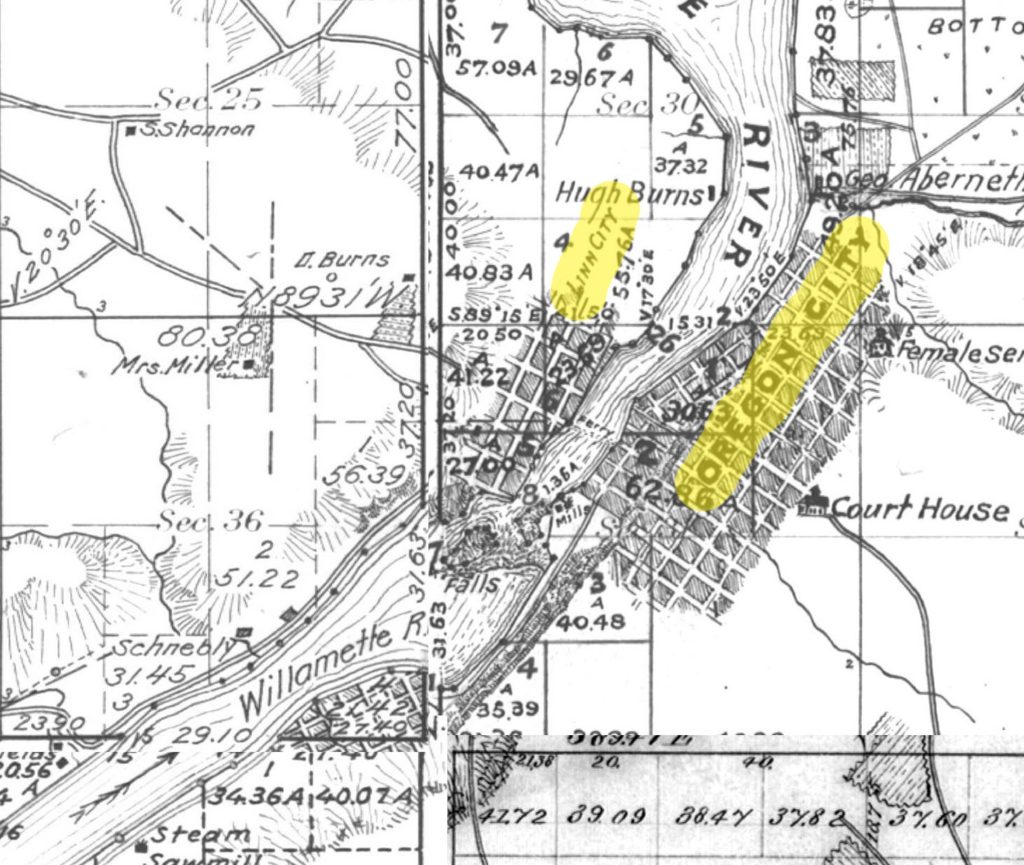I’ve often wondered why immigration records in the U.S. suddenly change. My great-grandfather’s record from 1904 was so detailed it listed his aunt’s name and address in Philadelphia. The 1846 ship-list that I think was for my 3rd-great-grandfather just listed name, gender and age. And when my 2nd-great-grandparents moved from Quebec to Minnesota in the 1870s, there was no record at all.
On my wife’s side, I can find lists of her Pennsylvania Dutch ancestors when they and their fellow adult male passengers took an oath of loyalty in Philadelphia, but her Scots-Irish ancestors seem to appear magically in Virginia with no records at all.
Why? I did some research, and it turns out, there are three major periods in immigration law in the United States.
After 1882, you start seeing detailed immigration records that are consistent across the country.
Between 1819 and 1882, you’ll have ship manifests with very basic information, but nothing for land crossings.
And before 1819, its entirely up to the officials at the port of entry.
In 1891, Congress established a Bureau of Immigration, finishing a transfer of immigration control from states and cities to the federal government which began in 1882. Ellis Island was part of this legal period, and from 1882 on, you’ll find standardized, detailed immigration records regardless of the port of entry.
If you use ancestry.com, you’ll find that only the basics have been indexed—name, gender, etc. What hasn’t been indexed is gold, though: each entry notes where and with whom the immigrant will be staying. This is family: see this entry for my great-grandfather, Michael Devaney? He reported he would be staying with his aunt, and she was unknown to everyone, in the U.S. and Ireland, researching that part of the Devaney family.
Prior that the important law was the Steerage Act of 1819, which required that ship captains provide a detailed registry of passengers with name, sex, age, and occupation those data points. You might get a bit more depending on the ship or port, but don’t get your hopes up. What I found for my third great-grandfather George Haggerty, who came to the U.S. in 1848, is pretty typical.
There are three interesting things to note here: first, ship captains could face legal penalties if the lists were inaccurate, so you can expect some degree of validation.
Second, the requirement was only for ship captains debarking passengers at a port of entry. If, for example, you landed at St. John, took a ferry down the St. Lawrence to Montreal, and then walked south to Manhattan, there wouldn’t be any record of your arrival in the United States. Likewise, a captain could drop some or all of his passengers off on an isolated beach on Cape May before sailing up the Delaware to Philadelphia.
Now, both of those scenarios may sound ridiculous, but thousands of Irish did this during the Famine. Why? Well, Congress charged ship captains a head tax for Irish passengers during the Famine. The English, on the other hand, wanted to settlers in Canada, and subsidized the fare to St. John, including the free ferry trip to Montreal.
Before 1819, though, it was entirely up to local governments, and outside of naturalization, most of them did nothing.
Tracking the immigration of English Quakers to Colonial Pennsylvania, for example, is probably going to be through religious sources, not secular. Quakers would carry certificates of removal from their Monthly Meeting in England so they could easily join a new Monthly Meeting in Pennsylvania, and those certificates would be mentioned in those meeting records. But the colonial government didn’t care.
The Puritans also kept detailed records of the Great Migration to Massachusetts, but this wasn’t official government record keeping either.
Virginia, you’ll find next to nothing.
The only exception was naturalization during the colonial period: under English law, any real property owned by an alien would revert to the Crown upon that alien’s death, not to his heirs.
This is why you can find basic information about ethnic German immigrants to the colonies of Pennsylvania and New York: they were eager to swear loyalty to the Crown so that they could pass any farmland they acquired to their children. They weren’t ship lists, they were oaths of loyalty to the Crown given shortly after arriving in Philadelphia.




